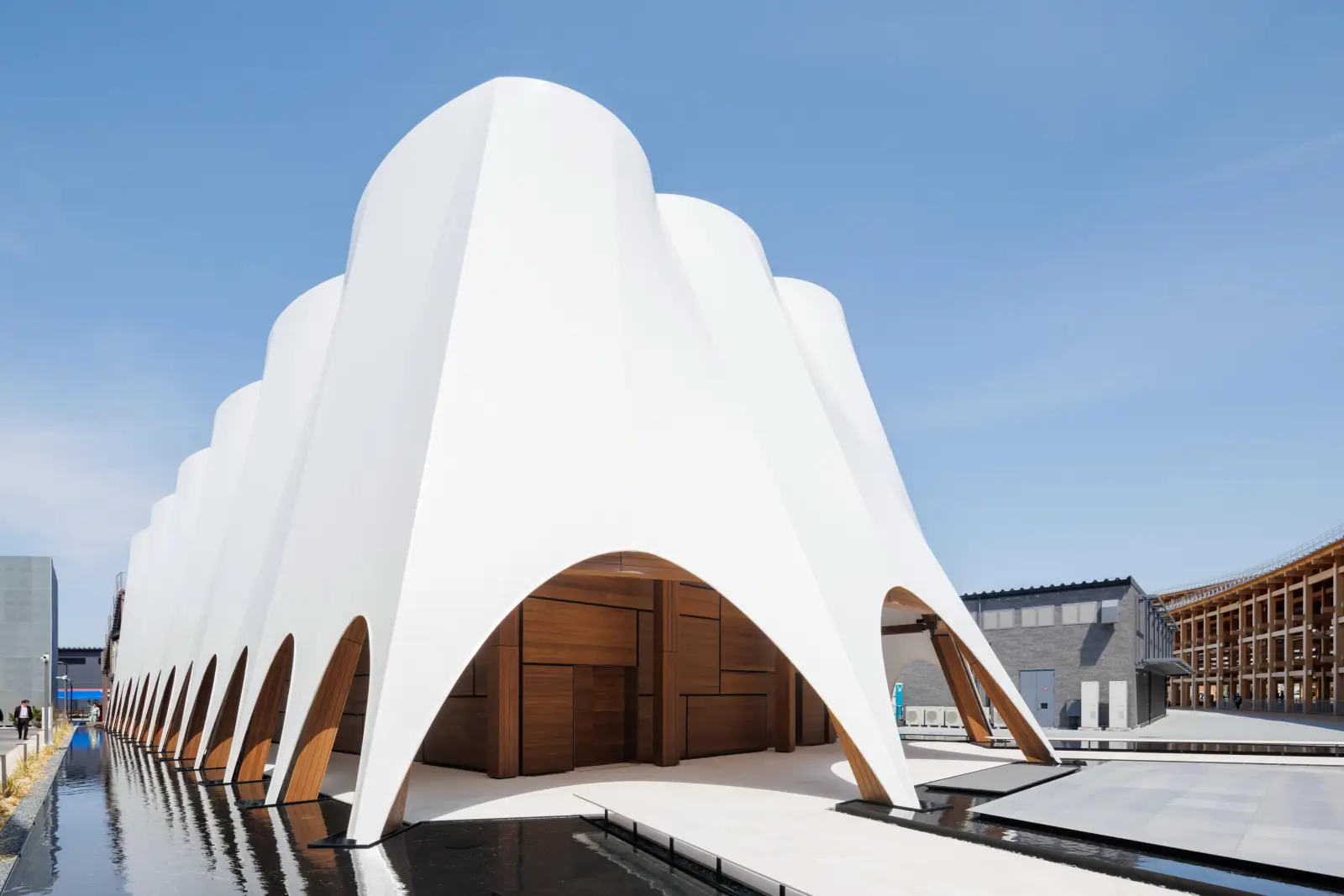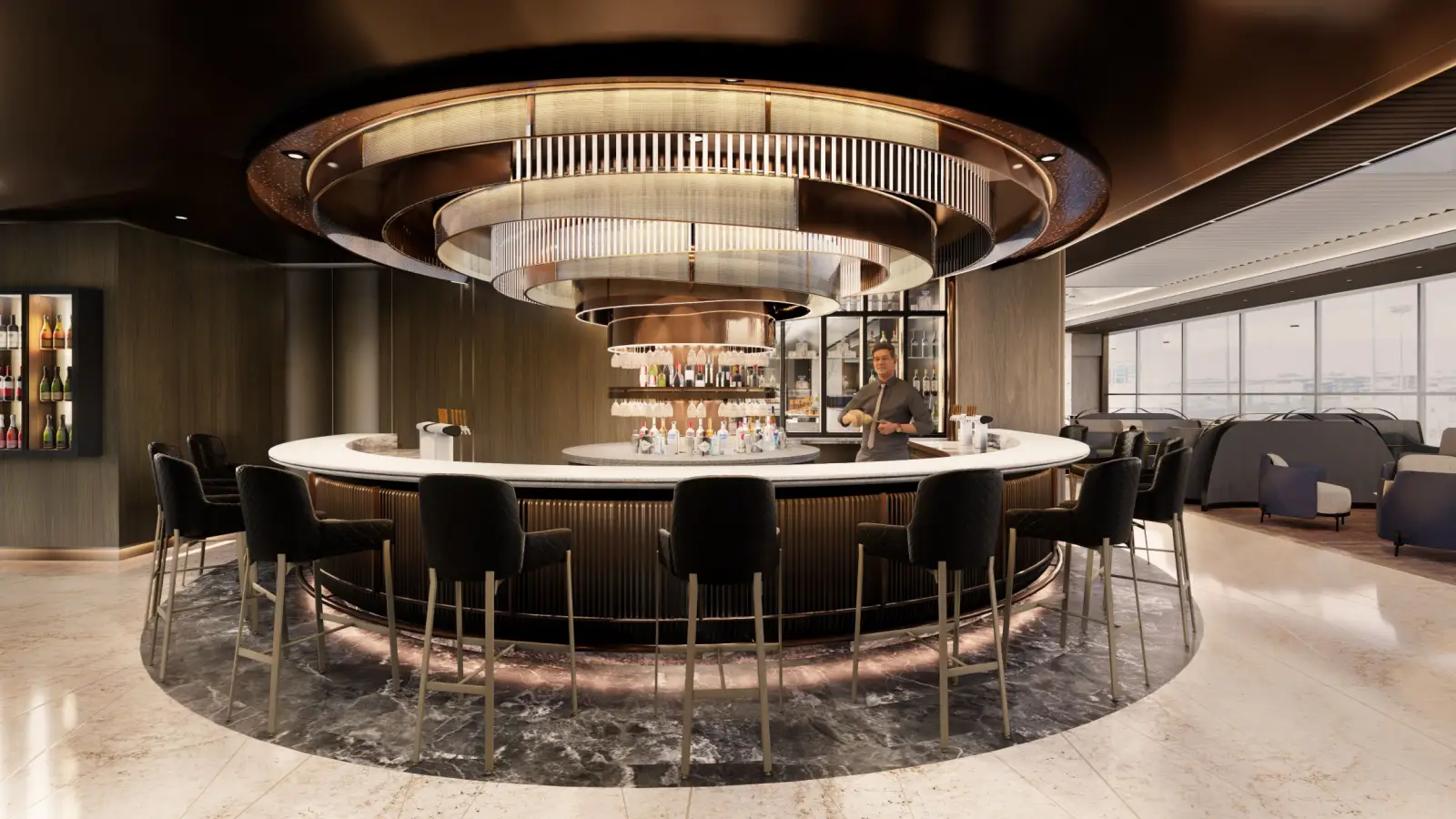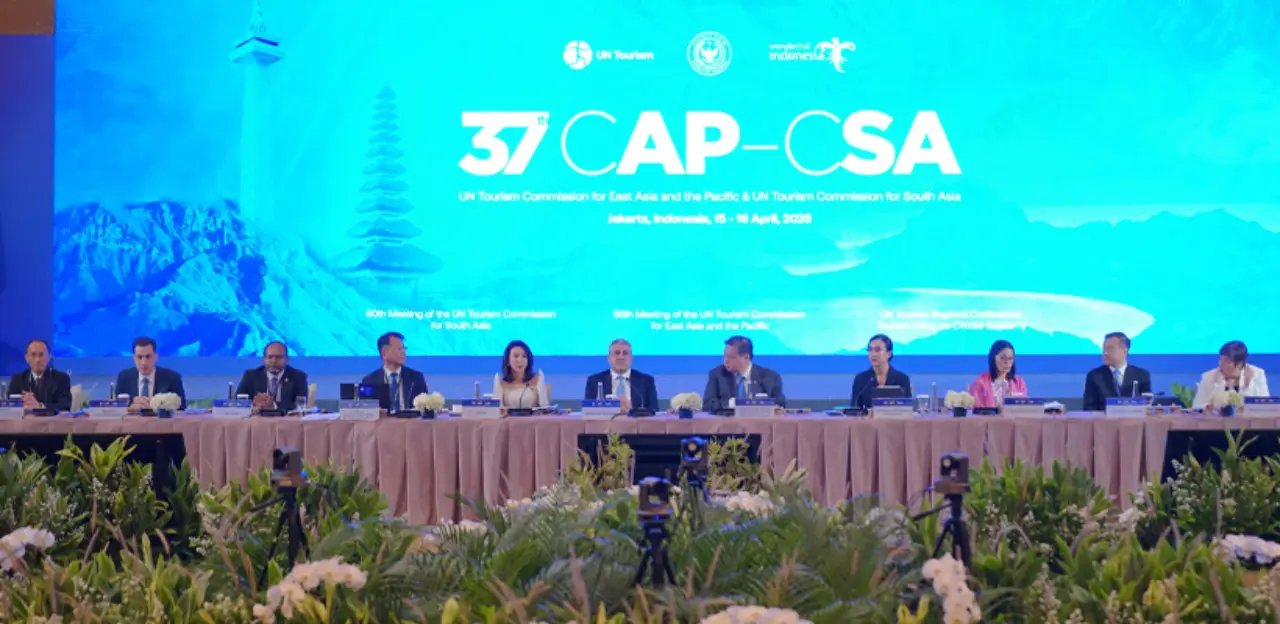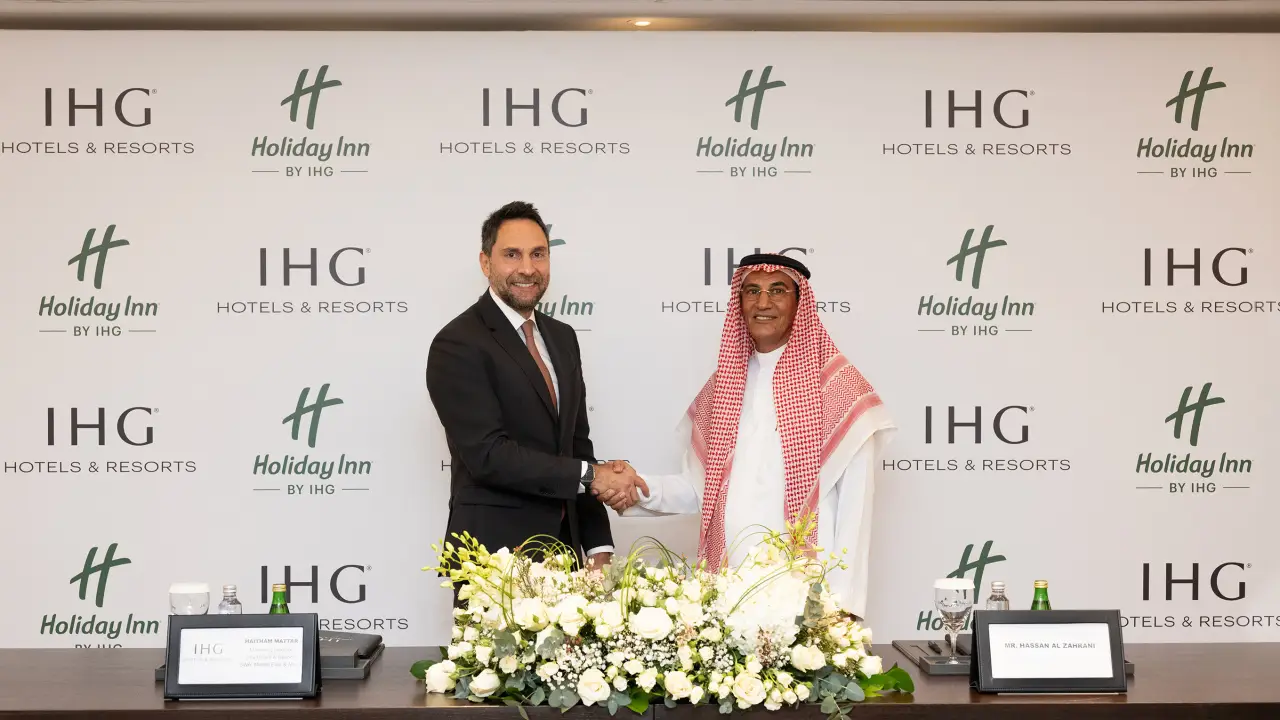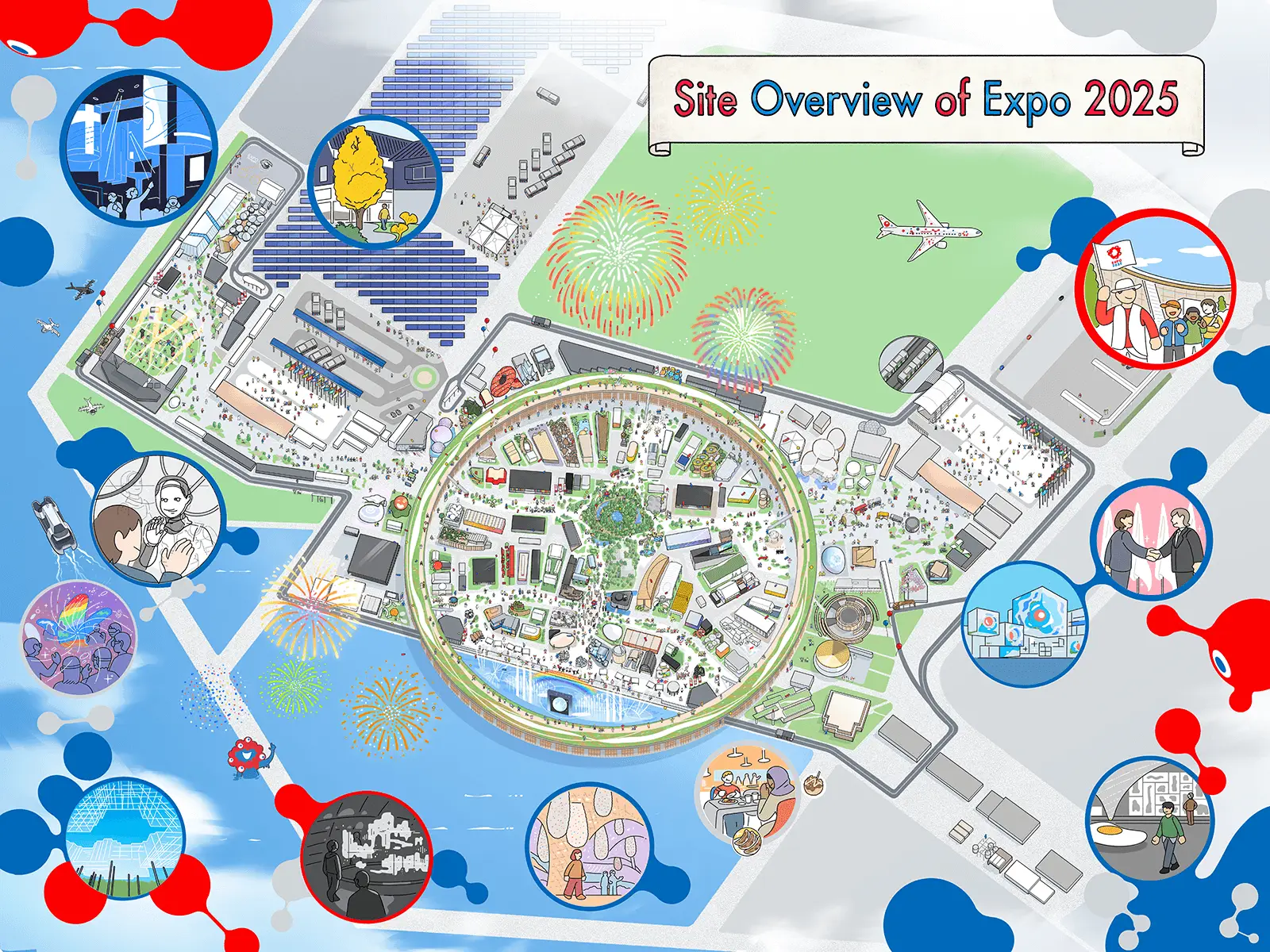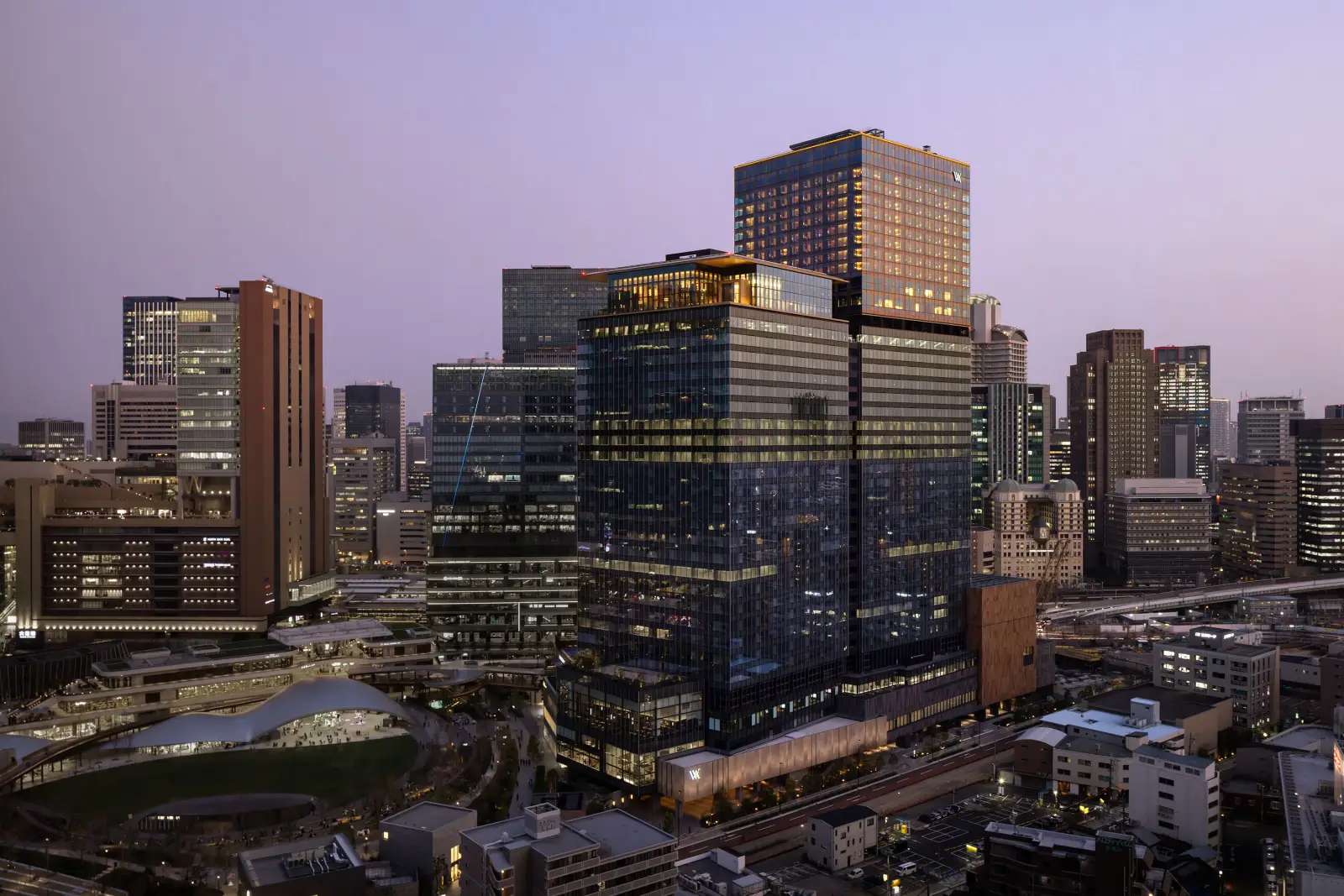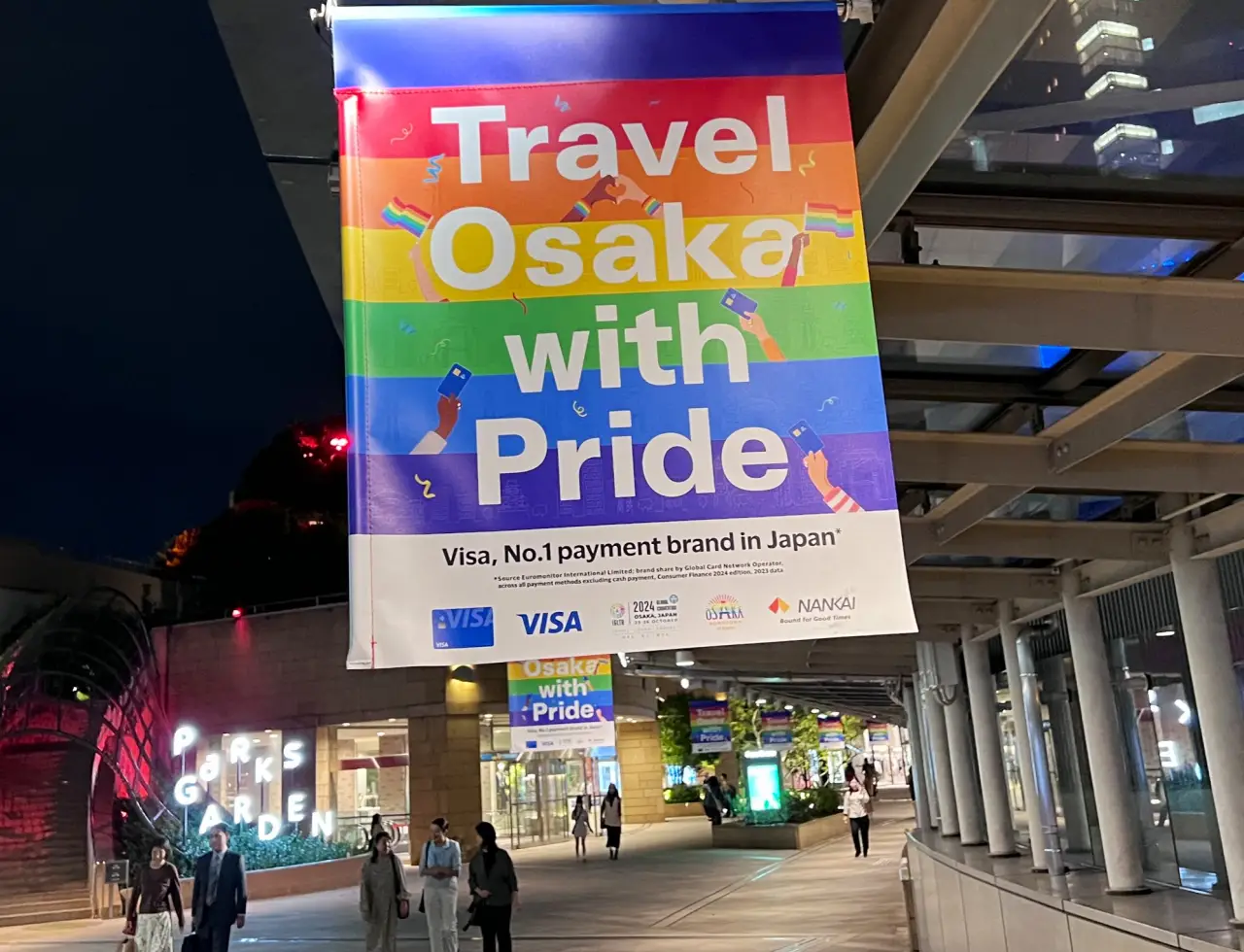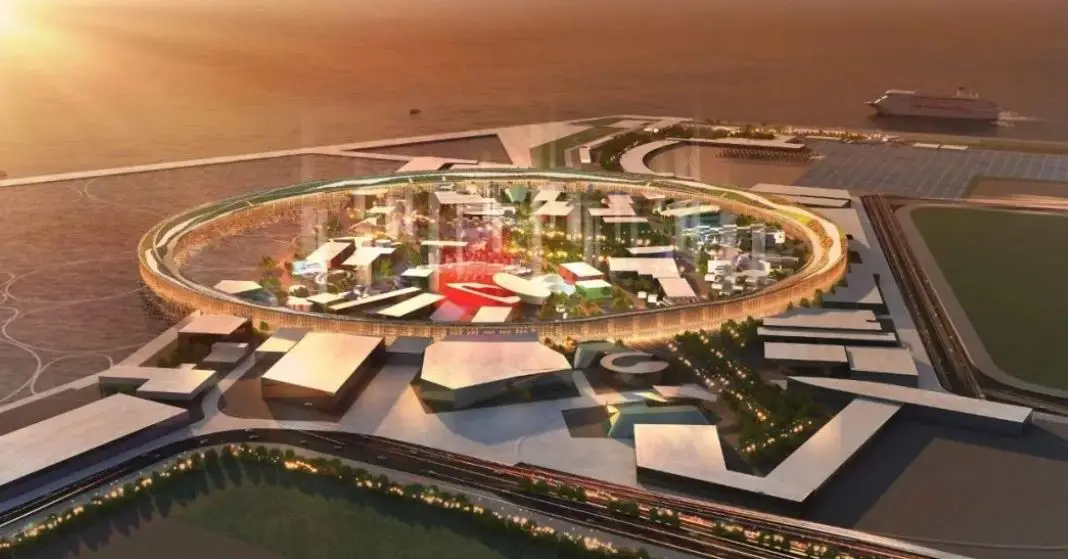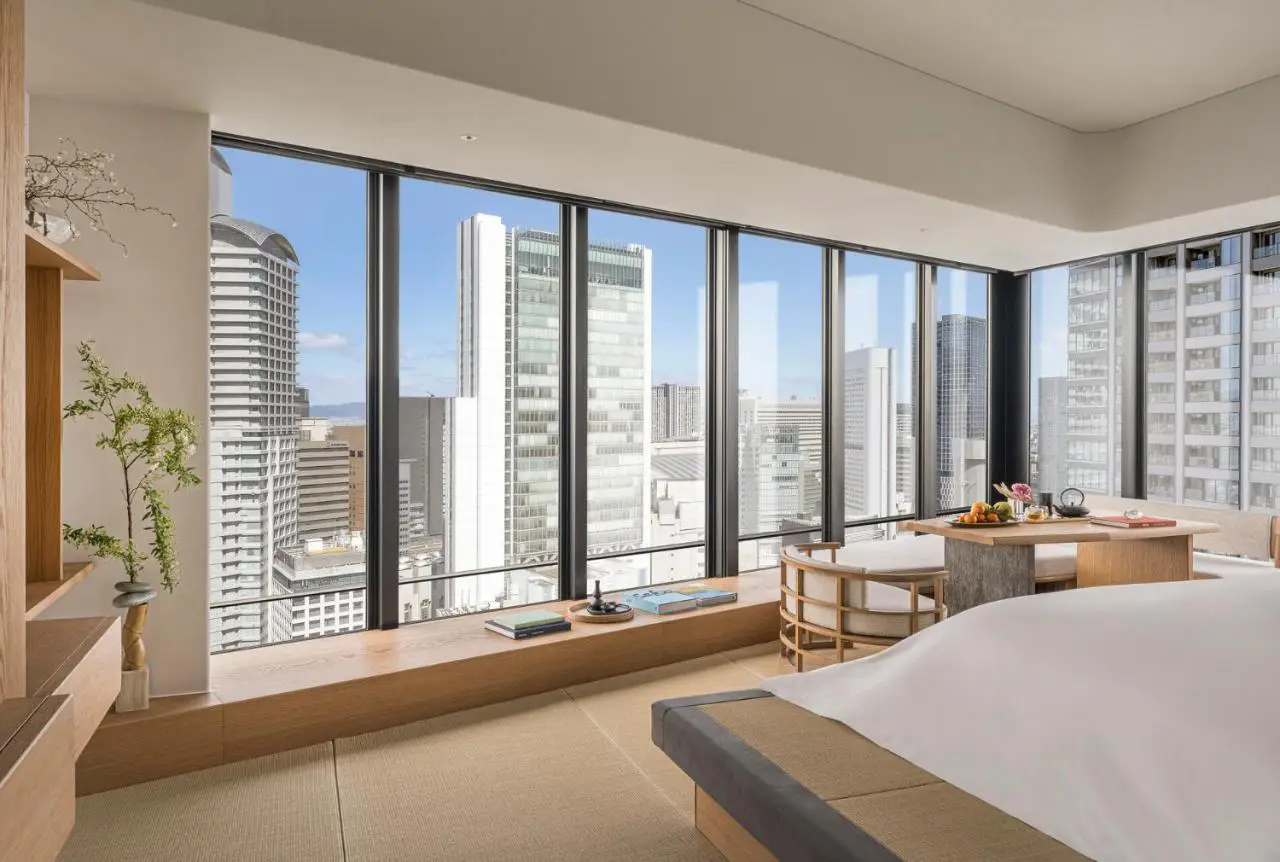The Qatar Pavilion at Expo 2025 Osaka offers an immersive journey through the nation’s rich coastal identity, cultural heritage, and forward-looking innovation. Officially opened to the public today, the Pavilion is one of the standout contributions to the World Exposition, reflecting Qatar’s deep connection between land and sea.
Commissioned by Qatar’s Ministry of Commerce and Industry, the Pavilion was designed by Kengo Kuma and Associates, with a concept centered on the dhow—a traditional sailing vessel symbolic of Qatar’s maritime past. The lightweight timber structure, wrapped in flowing white fabric, uses both Qatari and Japanese wood-joinery techniques, symbolizing the historical and cultural ties between the two nations.
Inside, the experience is both visual and emotional. Visitors are welcomed by an outdoor vitrine displaying coastal-themed poems written by Sheikh Jassim bin Mohammed bin Thani, Qatar’s founder, and poet Ahmed bin Hassan Al-Muhannadi. These are printed over coastal imagery that transitions from the deep blues of the sea to the bright turquoise of sandy shores, setting the tone for what lies ahead.
Land, Sea, and Cultural Memory
The Pavilion’s first section invites visitors to “land,” with sand in various tones representing Qatar’s deserts and illuminated panels showcasing ancient rock carvings found at Al Jassasiya. Two maps trace 200 years of Qatar’s growth, from a small coastal community to a modern, influential nation with global reach.
The centerpiece is a dramatic panorama of the Qatari coastline, surrounded by a “Sea Curtain” created by Inside-Outside. This installation wraps the interior in a wave-like embrace, offering a symbolic boundary between past and present. At its core is a three-screen film produced by The Explorers, combining archival material and modern footage to narrate the evolution of Qatar’s relationship with its environment and people.
Aligned with the Expo’s theme, “Designing Future Society for Our Lives,” the Pavilion highlights how Qatar’s progress stems from the balance of nature, culture, and vision. One segment, curated by the National Museum of Qatar, pays tribute to the pearl divers and merchants who defined the nation’s early economy. Artifacts from coastal homes offer insight into the vital role women played in these maritime communities.
On the second floor, the Pavilion becomes a cultural lounge. A library curated by Atlas Bookstore features regional literature, and a modern majlis—designed by Qatari creative Maryam Al Homaid—invites reflection and discussion. There is also a space dedicated to Qatar–Japan relations, including works by artists Yousef Ahmed and Hayaki Nishigaki, created during the 2012 Qatar-Japan Year of Culture.
The Pavilion’s versatile layout allows for lectures, workshops, and special events throughout its run, which continues until October 13, 2025. Featured photographers include Fatema Ibrahim Al Sehlawi, Meera Badran, Samir Bantal, Suzuki Hisao, Alexey Sergeev, Hasan Zaidi, and The Explorers. The Pavilion’s sleek uniforms were designed by Qatari fashion label TERZI, reinforcing the emphasis on national creativity.
Her Excellency Sheikha Al Mayassa bint Hamad bin Khalifa Al Thani, Chairperson of Qatar Museums, emphasized that the sea has long served as a source of sustenance and inspiration. “The dynamic harmony between land and sea has inspired our culture and heritage, provided our livelihoods, and helped transform our nation into what it is today.”
Expo 2025 Osaka aims to support the United Nations’ Sustainable Development Goals, and the Qatar Pavilion aligns with this vision by showing how cultural roots and environmental understanding can shape future societies. Visitors to the Pavilion can expect not just an architectural gem, but a thoughtful and emotional exploration of a nation’s soul.
Planning to attend the Expo? Don’t miss our guide on Things to Do in Osaka During Expo 2025 for more ways to explore the city while you’re there.

